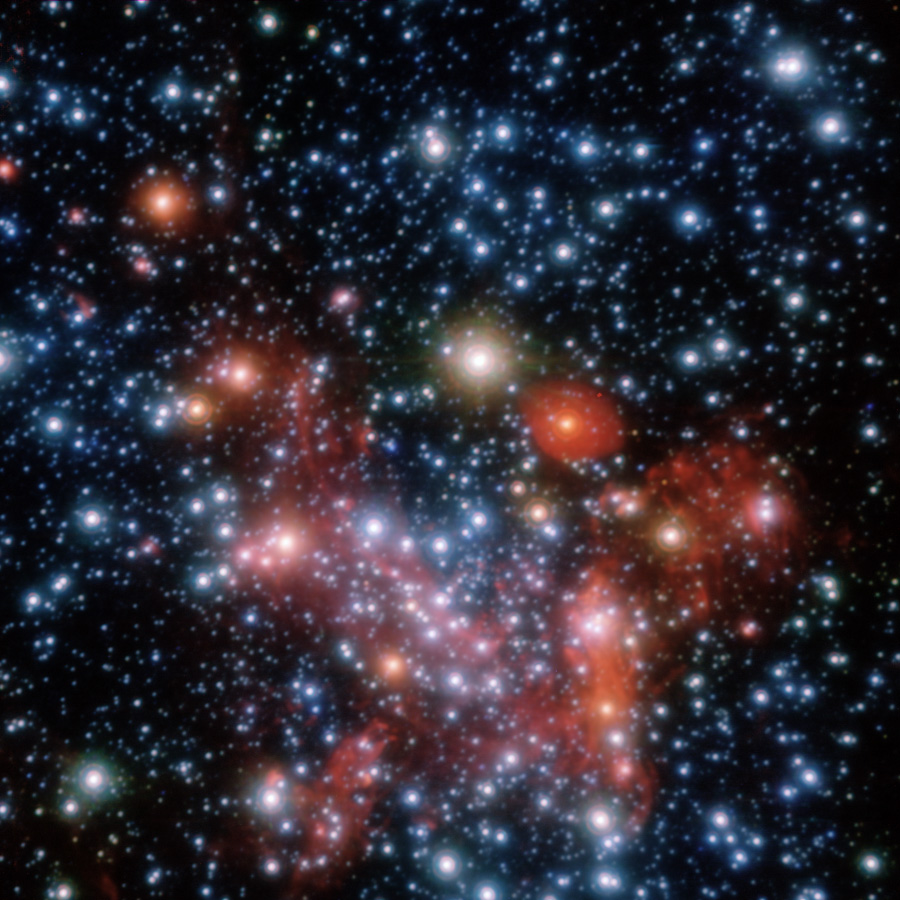After analyzing the data obtained using a ten-meter telescope in Hawaii, scientists from Lund University managed to study three stars in the very center of the Milky Way. They turned out to be unusually young, and their chemical composition caused researchers to be perplexed.

The purpose of the study was to study a nuclear star cluster. This is the name of the region surrounding the galactic center, characterized by a high density of stars. Its study is seriously complicated by both the significant distance to the Earth and the presence of dense gas and dust clouds blocking the light emitted by the luminaries.
Nevertheless, researchers from Sweden managed to solve this problem and study three stars in this area. The results surprised astronomers. It turns out that their age ranges from 100 million to 1 billion years, which is not so much by astronomical standards. For comparison, the age of the Sun is approximately 4.6 billion years old.
The fact is that the nuclear star cluster is one of the oldest parts of the Milky Way. Previously, it was believed that active star formation processes no longer occurred in it. However, apparently, this is not entirely true.
The researchers also studied the spectra of stars in infrared light to calculate the iron content. This element is very important for tracking the history of the galaxy because young stars contain more heavy elements than old ones.
Once again, the astronomers were in for a surprise. They were astonished to find that the proportion of iron was significantly different for all three luminaries. Such a wide spread indicates that the inner parts of the Milky Way are incredibly heterogeneous, that is, they are not mixed. According to the researchers, this discovery indicates not only what the center of our galaxy is, but also what the early universe might have looked like.
You can also read how James Webb noticed ice in the “hamburger” of the protoplanetary disk.
According to https://www.sciencedaily.com
Follow us on Twitter to get the most interesting space news in time
https://twitter.com/ust_magazine


